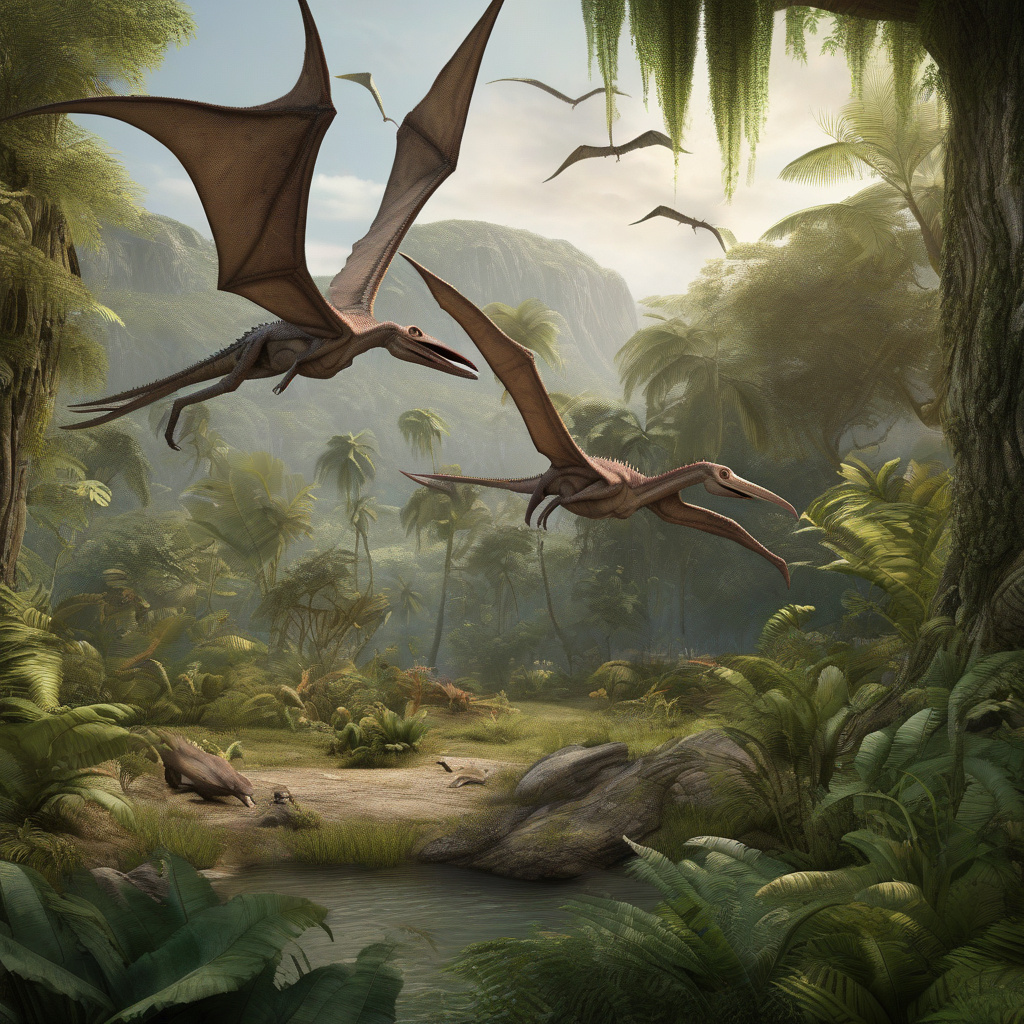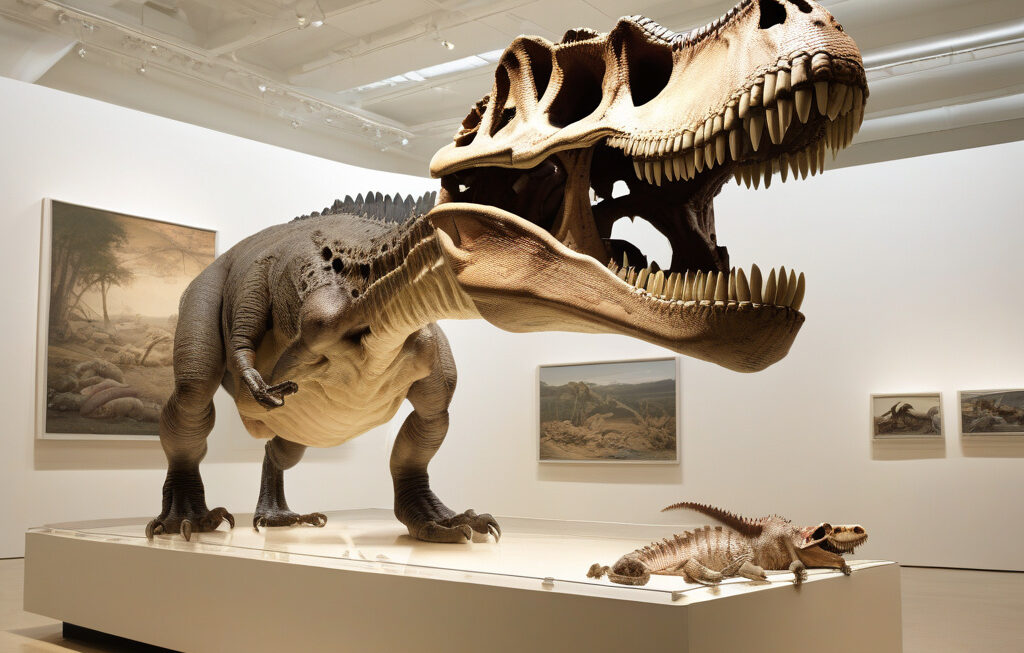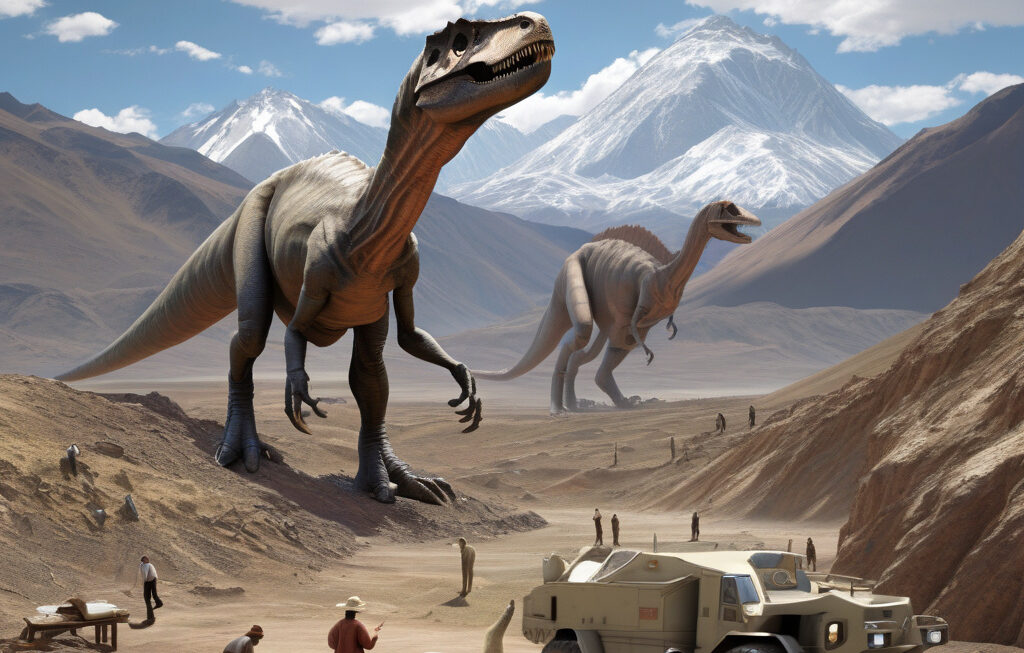Two Baby Pterosaurs with Broken Wings Solve Centuries-Old Mystery at Solnhofen
In a new study, scientists investigated two extraordinary baby pterosaur fossils with broken wings, as discovered in the Solnhofen Limestone of Germany. These fossils have shed light on a mystery that has puzzled researchers for centuries – the flying abilities of these ancient reptiles.
Pterosaurs were flying reptiles that lived alongside dinosaurs during the Mesozoic Era. Despite their prevalence in the fossil record, the flight capabilities of these creatures have long been a subject of debate among paleontologists. The two baby pterosaurs, belonging to the species Rhamphorhynchus, were found to have sustained injuries to their wings shortly after hatching. This provided researchers with a unique opportunity to study the development of pterosaur flight.
By examining the fossilized remains of the baby pterosaurs, scientists were able to gain valuable insights into the flight mechanics of these ancient creatures. The analysis revealed that the young pterosaurs had well-developed flight muscles, indicating that they were capable of powered flight from a very young age. This finding challenges previous hypotheses that pterosaurs were initially flightless and only gained the ability to fly as they grew older.
Furthermore, the presence of broken wings in both specimens suggests that pterosaurs, like modern birds, were susceptible to injuries during the early stages of their lives. The fact that both individuals suffered similar injuries also raises questions about the circumstances that led to their demise. It is possible that they were part of a larger group that perished under similar conditions, providing a glimpse into the behavior of these ancient flying reptiles.
The Solnhofen Limestone has long been renowned for its exquisitely preserved fossils, offering scientists a rare glimpse into the prehistoric world. The discovery of the two baby pterosaurs adds to the rich tapestry of ancient life found in this geological formation and highlights the importance of continued research in the field of paleontology.
This study not only provides valuable information about the flight capabilities of pterosaurs but also underscores the importance of studying juvenile specimens in paleontological research. By analyzing the growth and development of young individuals, scientists can gain a more comprehensive understanding of prehistoric organisms and their behaviors.
As technology advances and new discoveries are made, the mysteries of the ancient world are slowly being unraveled. The study of the two baby pterosaurs with broken wings represents a significant step forward in our understanding of these fascinating creatures and their remarkable abilities.
In conclusion, the findings from the study of the baby pterosaurs at Solnhofen offer a glimpse into the early life stages of these ancient flying reptiles and provide valuable insights into their flight capabilities. As research in paleontology continues to uncover new discoveries, the story of the pterosaurs is sure to become even more intriguing and complex.
pterosaurs, Solnhofen, fossils, paleontology, flight capabilities












